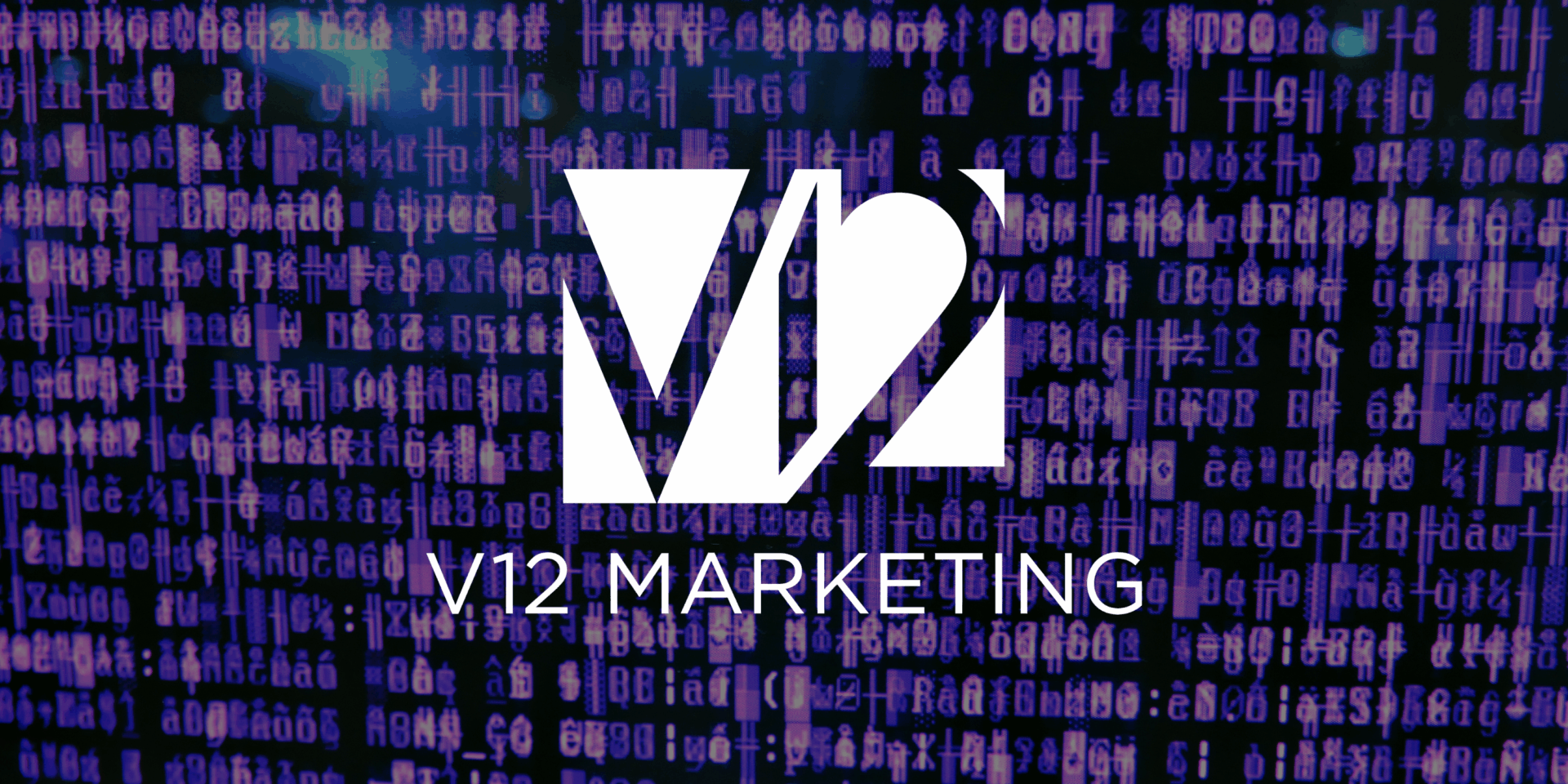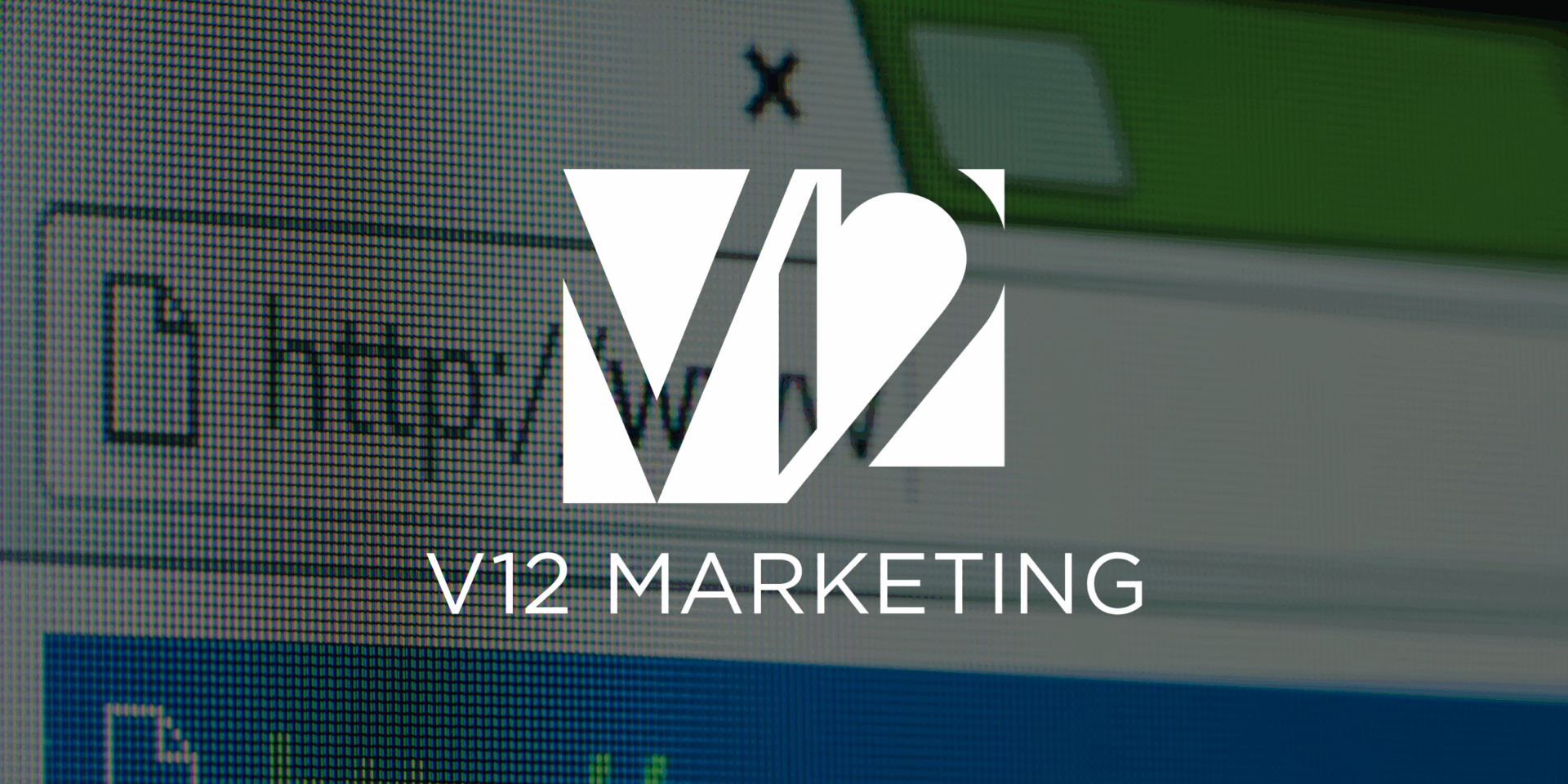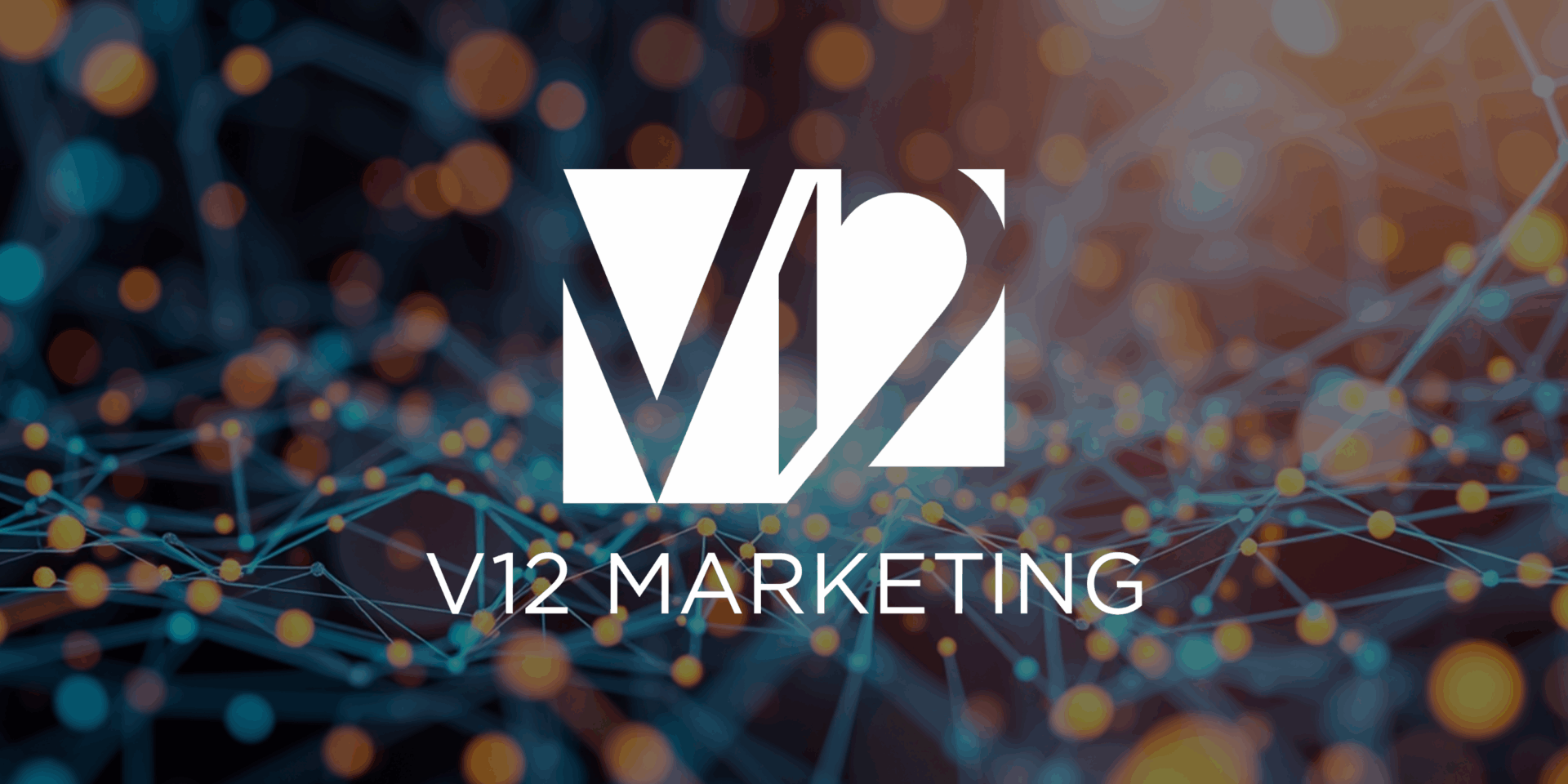
AI-powered browsing is no longer a side experiment; it’s rapidly becoming the default way people find, evaluate, and act on information.
Between Google’s AI Overviews shipping globally, AI-forward browsers like Arc’s Dia shifting navigation to chat, and assistants such as ChatGPT and Copilot absorbing millions of “search-like” tasks, the surface area of SEO is expanding beyond blue links into answers, actions, and agents.
Below is a data-driven playbook on how SEO will evolve, and what to do about it, grounded in current usage trends, rollout timelines, and industry studies.
1) AI makes the browser the interface, not just the window
-
AI Overviews (AIO) at scale. Google’s AI summaries are now available in 100+ countries and have touched more than a billion users, making synthesized answers a mainstream SERP element rather than a test.
-
Agentic browsers are here. Arc’s new AI browser, Dia, merges tabs, apps, and chat so you can ask the browser to do things (gather data, move it into docs, check calendars). Atlassian’s acquisition signals a serious bet on AI-native browsing in the workplace.
-
Assistants = alternate “search bars.” Studies show ChatGPT drives ~77% of AI referral traffic and remains the dominant assistant, with Copilot rising quickly, meaning more queries start (and end) in assistants rather than traditional search.
Implication for SEO: Visibility now spans SERPs, assistant answers, and AI browser panels. Treat assistants and AI browsers as distribution channels that quote, cite, or embed your content.
2) Clicks compress, intent accelerates
Multiple studies confirm a growing zero-click reality, accelerated by AI summaries:
-
In 2024, only 360 of every 1,000 U.S. Google searches sent a click to the open web; the EU figure was 374/1,000.
-
Search Engine Land’s coverage of the same dataset estimated nearly 60% of searches ended without a click.
-
Publisher impacts are uneven: some report negligible change, others substantial declines, especially in news and commodity info.
At the same time, BrightEdge’s AIO analyses suggest more impressions and deeper-funnel clicks when they do occur, particularly on complex, longer queries where AIO presence has grown sharply.
Implication for SEO: Expect fewer but higher-intent clicks. Optimize for answer inclusion and post-answer conversion (e.g., tool demos, calculators, trials) rather than only chasing rank #1.
3) Queries get longer, multimodal, and conversational
BrightEdge reports Google is triggering up to 100% more AI Overviews for longer, complex queries, indicating a shift toward multi-step, context-rich questions that AI can synthesize.
Meanwhile, user surveys show 55%+ are using AI tools instead of search engines for common tasks (trip planning, gift ideas, troubleshooting, comparisons), activities that blend text, links, instructions, and actions.
Implication for SEO: Create task-complete content (step-by-step, tool-assisted, checklists, calculators, images/video) that AI systems can reason over and cite. Think beyond keywords to workflows.
4) Expect more aggregation and more attribution scrutiny
-
AI Overviews consolidate from multiple sources, not a single snippet, reshaping how credit and traffic are distributed.
-
Industry coverage highlights publisher concern over traffic dilution and fairness in content usage.
Implication for SEO: Your brand needs to be the source worth citing; clear claims, original data, and structured evidence increase your odds of inclusion and attribution.
5) What will actually change in your SEO program
A. From “Search Engine Optimization” to Answer & Assistant Optimization (AAO)
-
Evidence-forward pages. Lead with a summary, then show how you know: stats, methods, dates, downloadable data. AI systems and evaluators reward verifiability. (This mirrors how AIO compiles multiple sources.)
-
First-party data features. Publish proprietary studies (benchmarks, cohort findings, pricing analyses). These differentiate you from commodity content and earn citations across assistants.
-
Conversational FAQs built from real support/sales logs. Long-form FAQs map to longer queries, now more likely to trigger AIO.
B. Schema & technical signals that feed AI browsers
-
Robust Schema.org across articles, products, how-tos, FAQs, reviews, and events so answer engines can extract steps, entities, and outcomes. (Google’s AIO and assistants rely on structured cues to ground summaries.)
C. Content formats tuned for task completion
-
How-to + checklist + tool on the same URL (e.g., “repair guide + parts list + calculator”).
-
Comparison tables with criteria definitions & methodology.
-
Short demo videos and diagrams, AI browsers and assistants increasingly reference or surface multimedia.
D. Brand-building to offset zero-click
-
As more answers happen off-site, build direct demand: newsletters, communities, and tools people search by name (navigational queries still send reliable traffic).
-
Invest in PR-style link earning from high-authority publications; these are more likely to be quoted by AIO. (Mixed publisher impact shows authority can buffer volatility.)
E. New KPIs beyond rank
-
Track assistant & AI referrals (source/medium from ChatGPT, Copilot, Perplexity) and their conversion rates versus organic search. SE Ranking’s 2025 study shows ChatGPT as the predominant AI referrer; ensure you can attribute it.
-
Monitor AIO presence on your query set (by category, intent, and query length) and the delta in clicks vs. assisted conversions post-exposure.
6) How AI browsers change on-page strategy
-
Answer first, depth second. Start with a decisive, sourced TL;DR, then expand. This increases your chance of being quoted in AI Overviews and assistant answers.
-
Cite your sources (and yourself). Outbound citations to primary data and clear author credentials improve E-E-A-T signals that AIO models use in ranking sources for inclusion.
-
Unique assets: calculators, original visuals, downloadable templates, things an answer can describe but not fully replace, and drive post-answer clicks.
7) Platform & landscape shifts to factor into planning
-
Google AI Overviews: expanding coverage, especially on longer/complex queries; uneven by industry.
-
AI browsers (Arc/Dia): integrating chat and actions at the browser level; Atlassian’s acquisition suggests enterprise distribution and governance will mature quickly.
-
Assistant market dynamics: ChatGPT holds the lead, with Copilot gaining, which matters for where “search-like” behaviors shift.
8) Action checklist (90-day plan)
Week 1–2: Audit for answerability
-
Identify your top 200 queries by revenue impact. The tag that currently triggers AIO and whether you are cited. (Use rank trackers + manual checks.)
-
Gap-analyze: missing schema, unclear steps, stale stats, thin evidence.
Week 3–6: Ship AAO upgrades
-
Add HowTo/FAQ/Product schema; rewrite intros to provide a sourced TLDR.
-
Produce one proprietary dataset or benchmark you can refresh quarterly.
-
Build or embed one calculator/tool on a key money page.
Week 7–10: Expand AI-referral capture
-
UTM-tag and attribute traffic from ChatGPT/Copilot/Perplexity sources; compare conversion vs. organic.
-
Publish comparison pages with explicit criteria and methods; add short demo videos.
Week 11–13: Brand & PR
-
Pitch your new data to industry outlets (journalist-friendly one-pager + downloadable CSV).
-
Launch a named resource (e.g., “2025 [Your Industry] Pricing Index”) to create navigational demand.
9) What won’t change (so don’t overcorrect)
-
Helpful, original content still wins. AIO chooses sources to summarize; being the unique or most trusted source keeps you in the loop.
-
Brand searches convert best. As zero-click rises, branded demand is your safety net.





